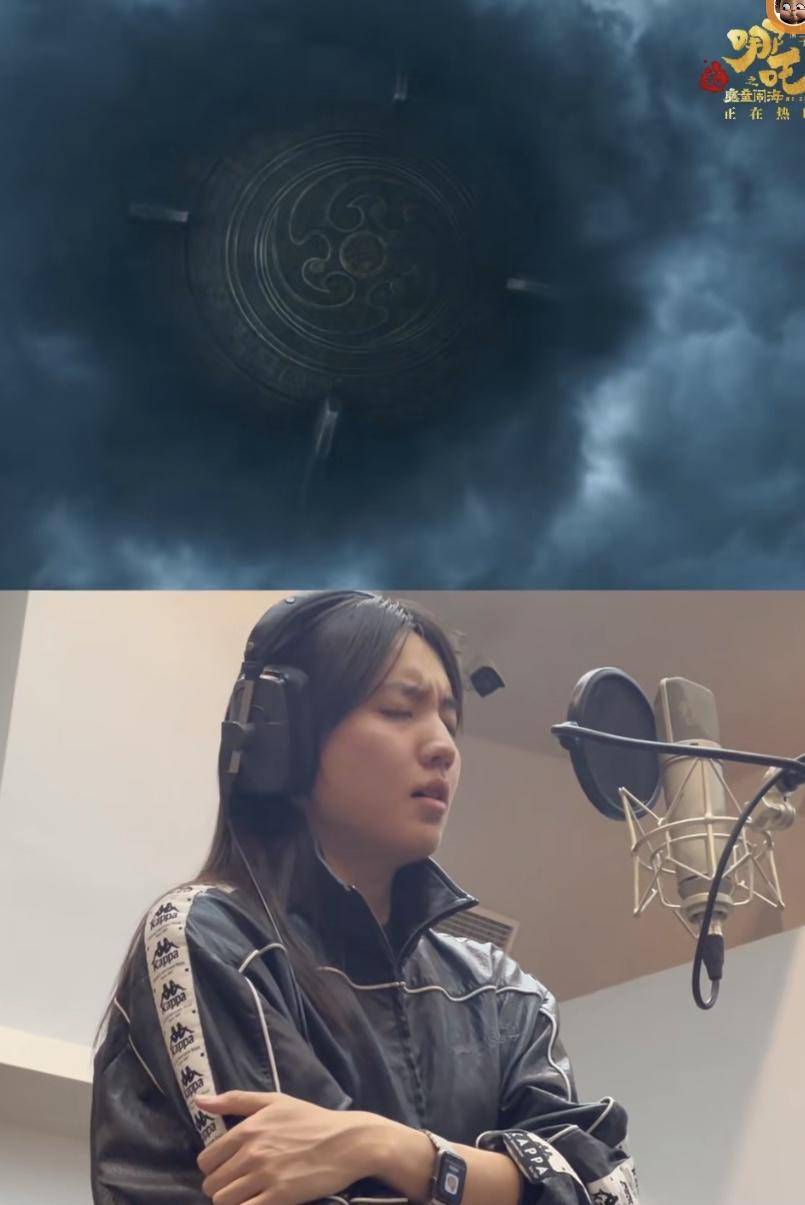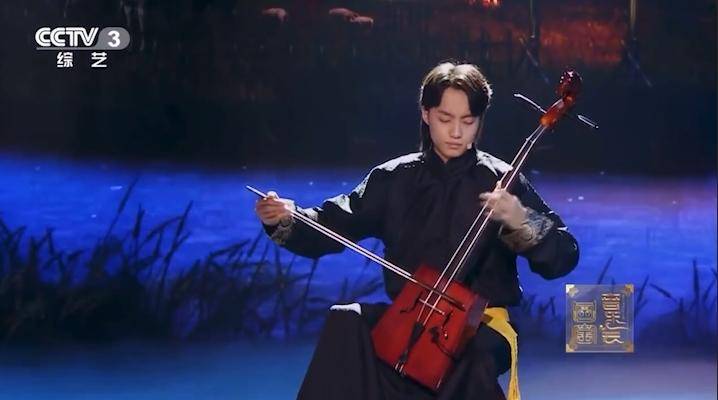




- BRNN
- BRI News
- BRNN News
- Database
Official Documents Polices and Regulations
Inter-government Documents International Cooperation BRI Countries
Business Guide Economic Data BRI Data
Trade
Investment Projects Latest projects
Cases - Content Pool
Halamuji from north China's Inner Mongolia Autonomous Region lent his voice to scenes in the animated movie blockbuster "Ne Zha 2" by showcasing his Khoomei singing skills. His powerful vocals added a captivating and intense element to the music, making a lasting impact on the audience. Khoomei, or throat singing, is a traditional art form of the Mongolian people that produces a rich harmony of vocal elements.
"I received the invitation in December 2024. I had previously provided music for a movie using Khoomei, so the same producer approached me and asked if I could do the music for a movie, and I agreed. It was only when I entered the recording studio that day that I found out it was for 'Ne Zha 2'. I had watched the initial film 'Ne Zha' and thought it was a very good film, so I happily participated in," Halamuji said.
Halamuji revealed that he completed the recording in just 40 minutes.

Halamuji produces background music for a scene in the animated movie blockbuster "Ne Zha 2." (Yangtse.com/courtesy of the interviewee)
In "Ne Zha 2," Halamuji's voice appears in more than one place. His voice is used in scenes with villains to create a tense atmosphere. On Feb. 13, 2025, the box office revenue of the movie surpassed 10 billion yuan (about $1.4 billion). Halamuji was also pleasantly surprised, "I accidentally got involved in a 10-billion-yuan project, I really feel lucky!"
Born in 1999, Halamuji hails from Bayannur of north China's Inner Mongolia Autonomous Region. His father is a silversmith, and influenced by him, Halamuji has had a love for music since he was young. At the age of 8, his father hired a teacher to teach Halamuji the horsehead fiddle, which marked the beginning of his musical journey.
In 2010, Halamuji was captivated by a performance he attended at an opera house where the actor sang a traditional Tuvan song using Khoomei, blending rugged low tones with soaring high notes. This left him in awe. After finishing middle school, Halamuji applied to the affiliated high school of Inner Mongolia Arts University, which offered a specialized program in Khoomei.
In 2008, Khoomei was inscribed by the United Nations Educational, Scientific and Cultural Organization (UNESCO) on the Representative List of the Intangible Cultural Heritage of Humanity.
"The challenge with Khoomei lies in its abstract essence - you can't physically touch or see it. Mastery comes through practice and intuition. While learning other musical instruments involves specific instructions, with Khoomei, teachers often prompt you to discover on your own, requiring you to intuitively connect with it," explained Halamuji. Despite its abstract nature, Halamuji found great joy in mastering Khoomei.

Halamuji plays the horsehead fiddle. (Yangtse.com/courtesy of the interviewee)
After studying for over a year, Halamuji finally grasped the basics and could participate in some performances at school. Three years later, he was admitted to Minzu University of China to study Khoomei. He said, "It was also the first year that Minzu University of China offered a Khoomei major, and I was the only student."
"At that time, all my major courses were personalized one-on-one sessions, and the teachers really poured their hearts into teaching me," Halamuji said.
During his university years, Halamuji was also invited to participate in the China Central Television (CCTV) program "National Treasure," where he showcased the artistic combination of the horsehead fiddle and Khoomei, earning him the title of "National Treasure Guardian."

Halamuji plays during the CCTV program "National Treasure." (Yangtse.com/courtesy of the interviewee)
Currently, Halamuji is preparing his own original music album. He is dedicated to incorporating elements of ethnic music such as Khoomei and the horsehead fiddle into a more youthful and modern style.

Tel:86-10-65363107, 86-10-65368220, 86-10-65363106